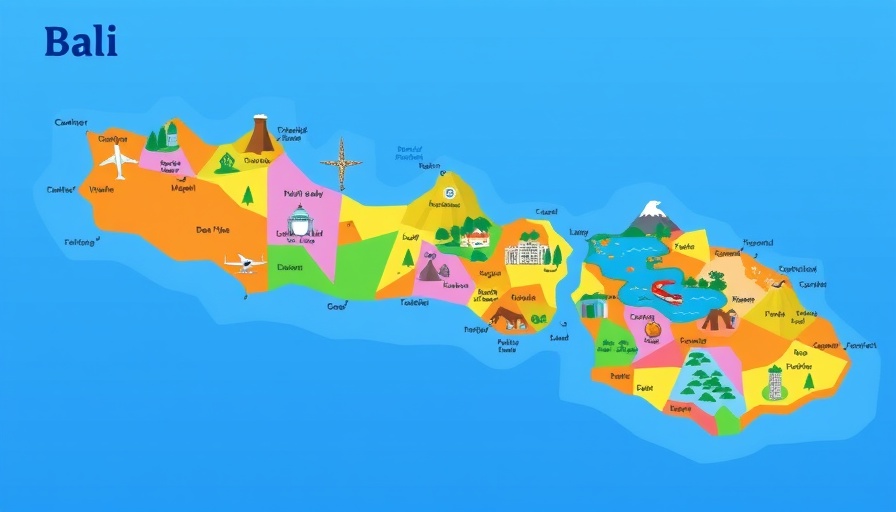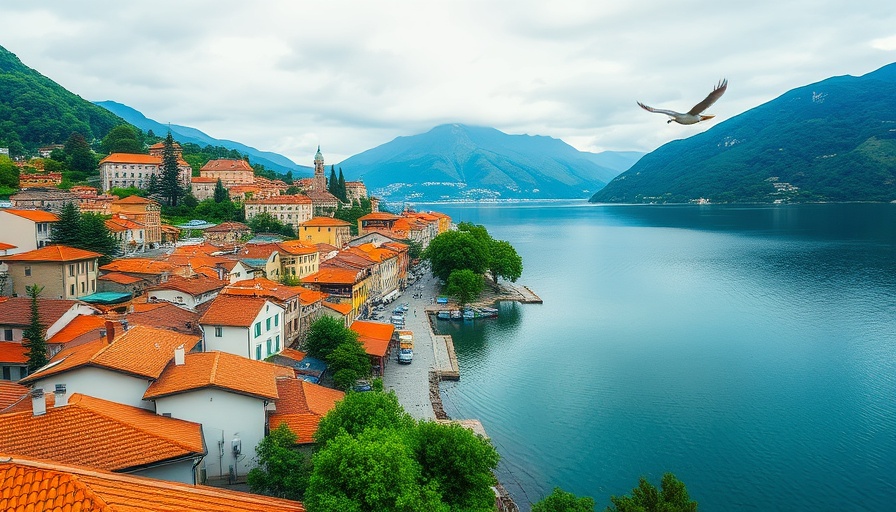
India's Rich Tapestry: A Tourism Potential
From the majestic peaks of the Himalayas to the serene beaches of Goa, India is a kaleidoscope of cultures, traditions, and natural beauty. While it boasts countless tourist attractions, the country struggles to draw international crowds compared to its Southeast Asian counterparts. The promising reality is that with strategic changes, India can redefine its tourism landscape, transforming itself into a leading global travel destination.
Simplifying the Visa Process: A Key to Unlocking Tourism
The visa application process in India is notorious for being tedious and complex. Many visitors are often deterred by the lengthy procedures that require them to navigate labyrinthine online portals and submit extensive documentation. In contrast, nations like Thailand have made travel inviting with their user-friendly visa policies, including visa-on-arrival options and simplified e-visa systems. By adopting such practices, India could open its doors wider and welcome an influx of tourists.
Enhancing Navigation for Seamless Travel
After overcoming the visa hurdle, international travelers often find the vast Indian transport system to be daunting. With diverse transportation modes including trains, buses, and flights, many destinations remain difficult to access due to poor signage and language barriers. To improve this, India could focus on clear multilingual signage that makes navigation easier, alongside developing well-coordinated transit systems that seamlessly connect urban and rural tourist spots. From the crowded streets of Mumbai to the tranquil villages of Kerala, smoother transit options would encourage tourist exploration beyond major cities.
Spotlighting Hidden Gems: Beyond the Tourist Throngs
India has much more to offer than its famed landmarks. While the Taj Mahal and Jaipur’s forts capture the spotlight, countless lesser-known locations and experiences are waiting for exploration. For families looking for unique experiences, consider the enchanting landscapes of Spiti Valley or the cultural richness of Varanasi. Highlighting these hidden gems can cater to diverse preferences; adventure enthusiasts might find thrill in eco-tourism, while those seeking peace could enjoy wellness retreats.
Crafting a Robust Marketing Strategy for Diverse Offerings
To elevate its tourism, India must focus on a dynamic marketing strategy that not only embraces traditional attractions but also promotes emerging hot spots and niche tourism markets. By showcasing tailor-made family packages that blend cultural and adventure tourism, India can enhance its appeal to parents looking to provide enriching experiences for their children. Moreover, sharing personal anecdotes and stories from families who have discovered India’s less-traveled paths can be a compelling approach to attract new visitors.
Future Trends: Eco-Tourism and Sustainable Practices
In an era where conscious travel is on the rise, India must strategize towards sustainable tourism practices that resonate with global travelers. Initiatives focusing on eco-friendly accommodations and responsible tourism can attract travelers who prioritize sustainability. Families may be more inclined to explore locales created with care for the environment, ensuring that their children inherit a world of beauty and diversity.
Conclusion: The Family Adventure Awaits in India
As India stands on the brink of transforming its tourism landscape, simplification in travel processes and a shift towards sustainable, diverse offerings could redefine the travel experience. Parents looking to instill a sense of adventure and cultural appreciation in their children should consider making India their next family vacation spot. With much to explore and experience, creating cherished memories in India could be just what your family needs.
Want to discover how to choose your next travel destination? Connect with us for insights that help make family vacations unforgettable!
 Add Row
Add Row  Add
Add 




Write A Comment